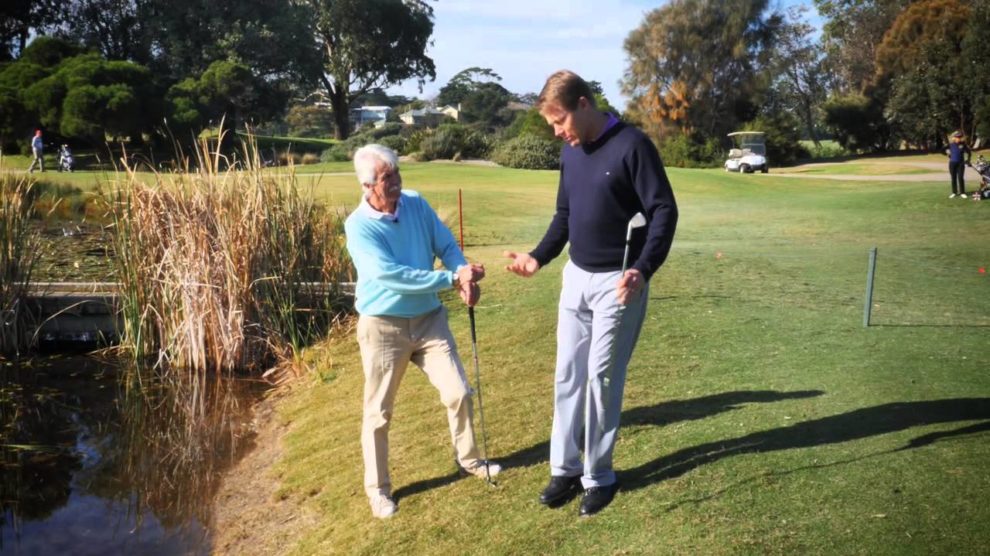At some point, every golfer hits their ball in a water hazard, out of bounds or into something on the golf course they can't or don't want to hit out of for one reason or another (a bush, cacti, prickly plants).
When you do that, you're going to need to take relief, and a lot of times in golf, a golfer has to take relief by measuring one or two clublengths from where their ball is or where it entered a hazard, or penalty area as it's known these days. However, in the Rules of Golf, the term clublength is meant to be kind of vague, and often beginner golfers or people who don't play much in competitions don't know which club they should use for their clublength(s) in relief.
The answer is really simple, though.
You should almost always use the driver as your club for determining clublengths for a relief drop. Unless you have a unique equipment setup, the driver is going to be the longest club in your bag. That's going to give you the best opportunity to drop as far away from where your ball was and shouldn't have been in the first place. There's a better chance that you're going to be able to drop into shorter grass or a better lie when taking the maximum distance by using your driver.
Now, there is the rare situation where you may not want to drop the ball the full two club lengths away from a hazard or an unplayable lie. That may well put your drop into a bad situation, whether that's in a new hazard, a different part of the same hazard, another bush, or the like.
That's why it's important to know that the Rules of Golf make it clear you're to drop within one or two clublengths, depending on the rule. You do not have to drop your ball at the maximum distance of your clublengths away from the penalty area or unplayable lie. You can find a nice piece of grass or a better situation within those clublengths and drop right there.
Golfers may not believe it, but I've long been told by rules officials that the Rules of Golf are there to help golfers. This is a situation where knowing the rules and what they mean can help you identify the best possible way to play a hole after a bad shot.

